Churches
Basilica Millenaria di S.Agata
ASCIANO LISTEN THE AUDIO GUIDE
LISTEN THE AUDIO GUIDE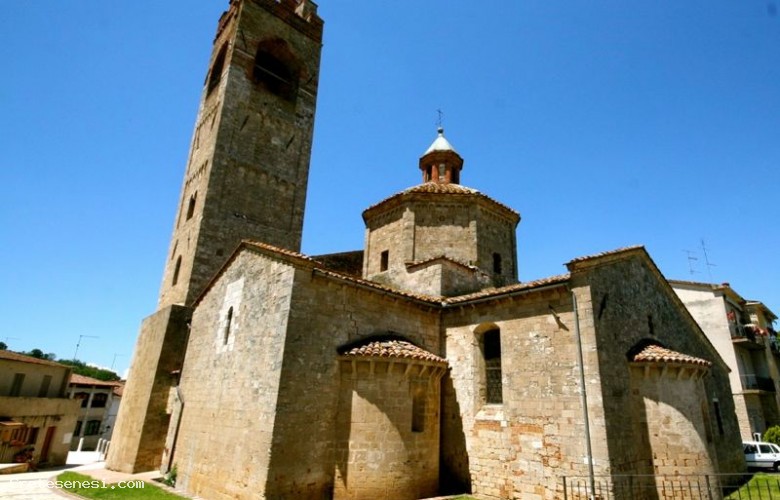
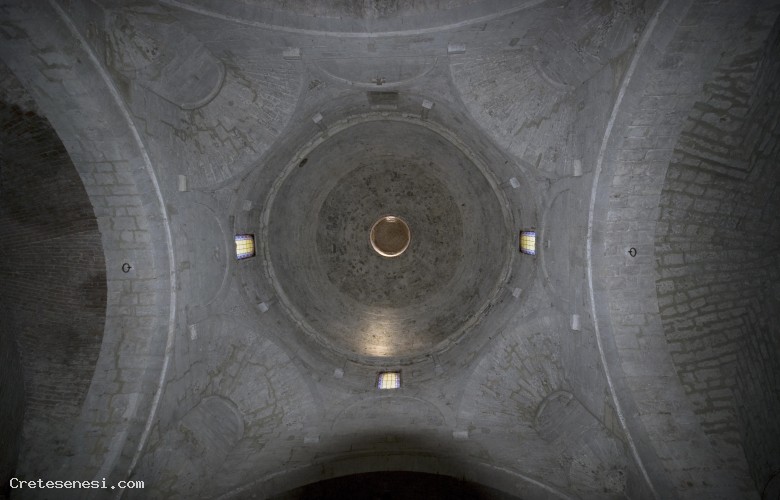
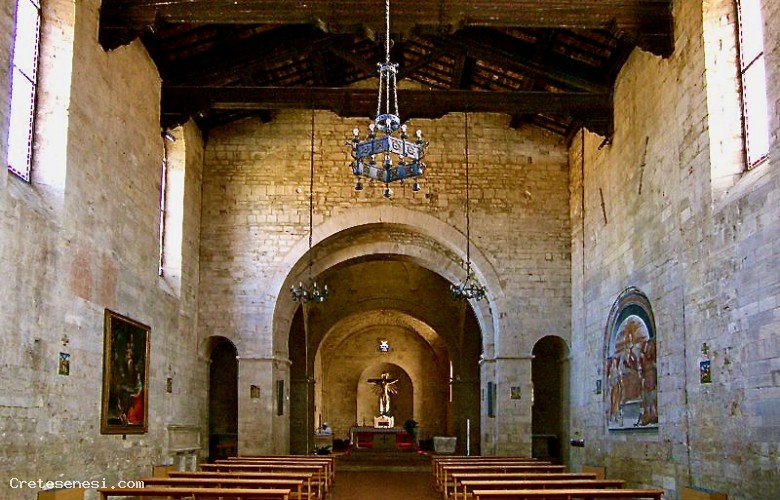
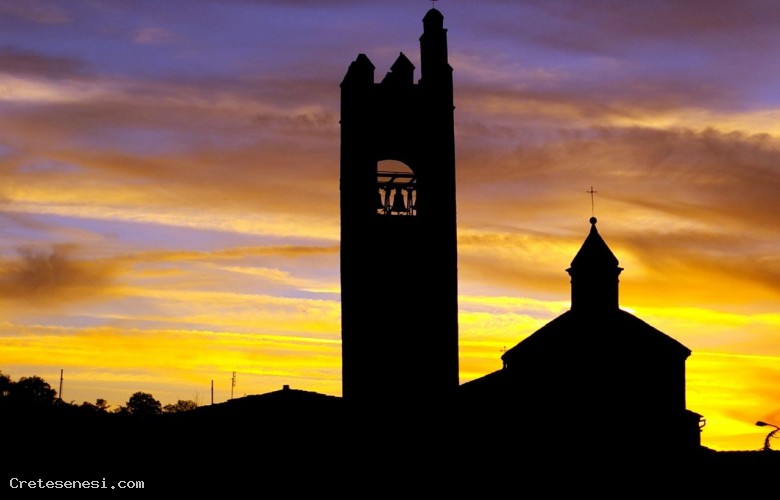
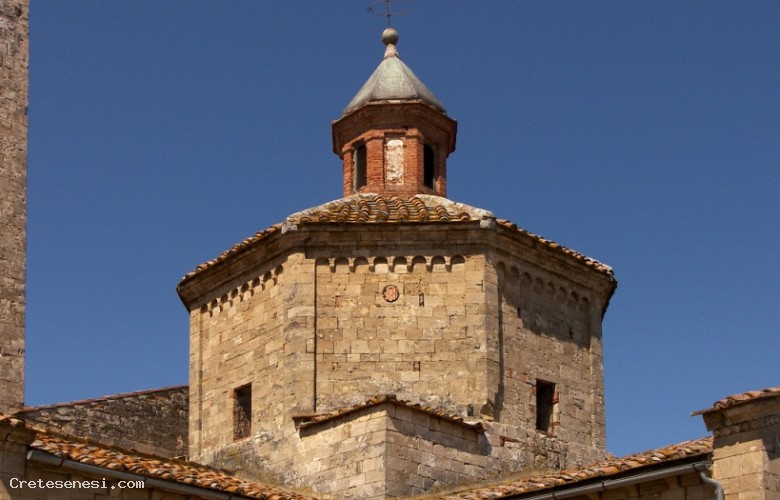
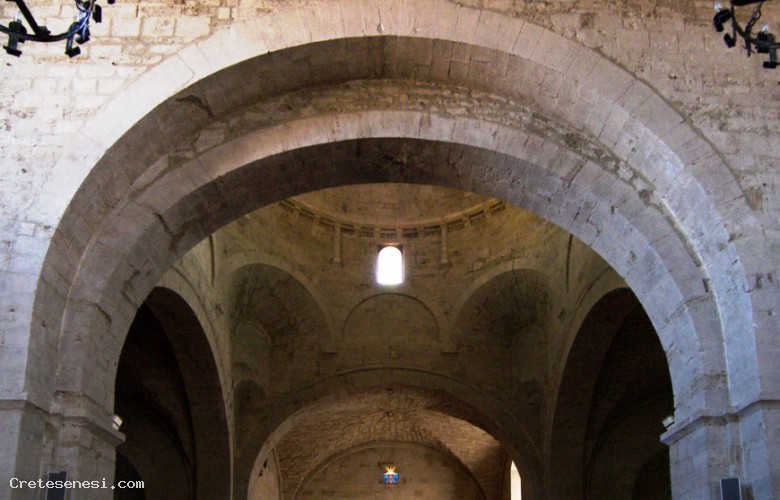
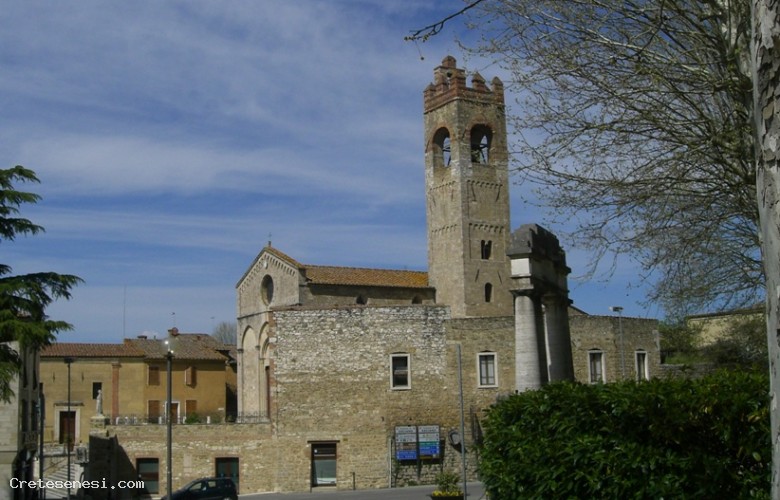

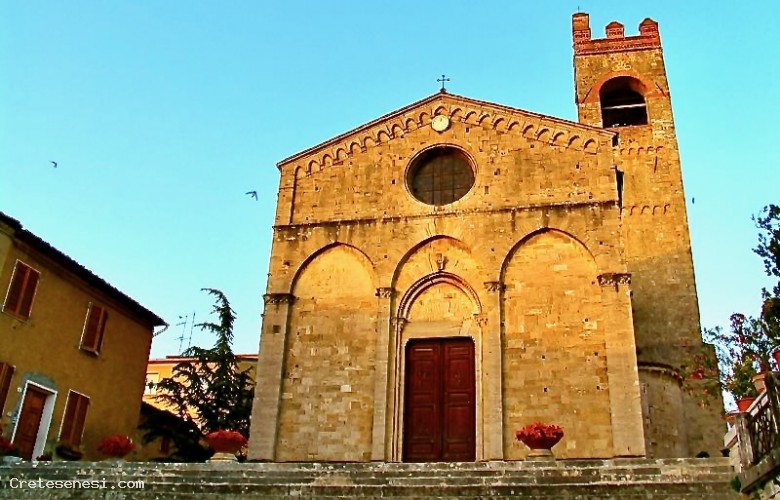
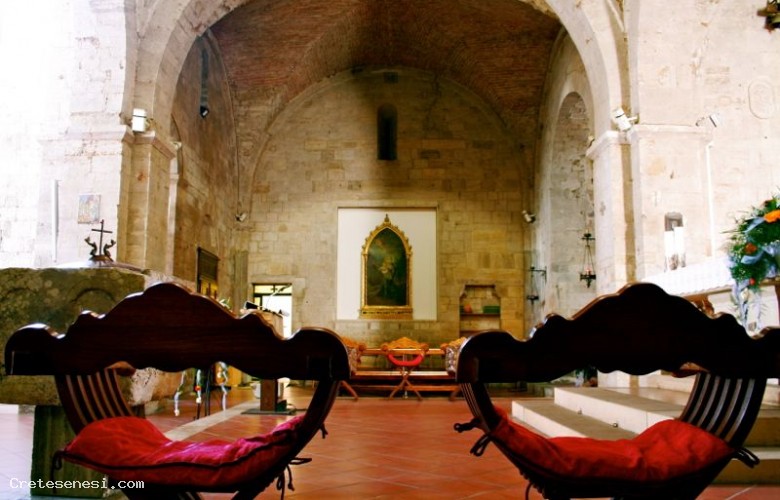
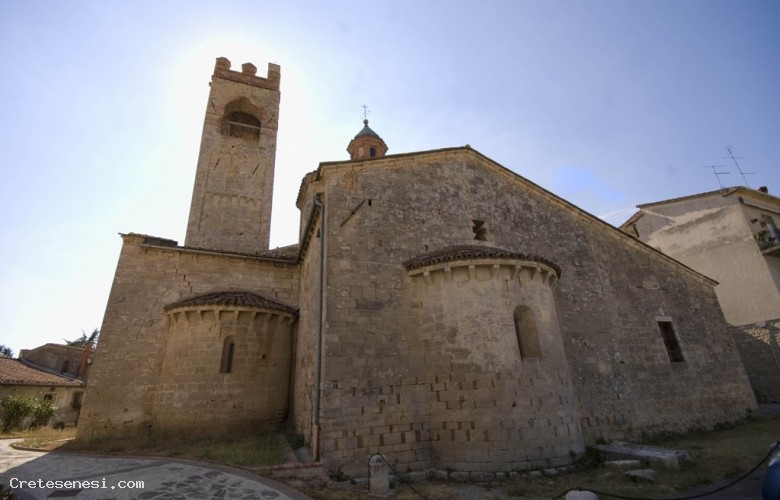
Time table
From 9am to 7pmThe present basilica of Saint Agatha became a parish church in 1029, when it received the baptismal font from the little parish church of Saint Hippolytus. Its architectural form is unique in the region of Siena. In fact, its form consisting of a Latin cross is unusual. The three apses seem to belong to the church's earlier Greek cross form. We do know of an enlargement of the structure in the middle of the 13th century, at which time the facade was decorated with blind pointed arches and a corona of hanging smaller arches.
The church was elevated to the rank of Collegiate in 1542. The most important restoration works that characterize it were executed in 1885 and 1955; On the occasion of the first, all the baroque decorative elements and the seven side altars were demolished, while the second restoration brought the building to a style presumably close to the original one.
Externally, the basilica of Sant'Agata is characterized by the facade of the Gothic hall, whose masonry is made up of squared travertine blocks and is preceded by a large staircase realized only in the second half of the nineteenth century.
To the right of the basilica is the square-shaped bell tower, also made of square travertine blocks, with elements made of bricks at its summit. Unfortunately, the three classic windowing levels, with triphoric and biconical, have been partially buffered for stability problems, confirmed by the slight slope on the right, taken from the bell tower over time.
Later, the Greek cross form dating from the eleventh century and the octagonal bearing structure of the dome are best appreciated, with the top of it being a Renaissance terracotta lantern.
The present basilica of Saint Agatha became a parish church in 1029, when it received the baptismal font from the little parish church of Saint Hippolytus. Its architectural form is unique in the region of Siena. In fact, its form consisting of a Latin cross is unusual. The three apses seem to belong to the church's earlier Greek cross form. We do know of an enlargement of the structure in the middle of the 13th century, at which time the facade was decorated with blind pointed arches and a corona of hanging smaller arches.
The church was elevated to the rank of Collegiate in 1542. The most important restoration works that characterize it were executed in 1885 and 1955; On the occasion of the first, all the baroque decorative elements and the seven side altars were demolished, while the second restoration brought the building to a style presumably close to the original one.
Externally, the basilica of Sant'Agata is characterized by the facade of the Gothic hall, whose masonry is made up of squared travertine blocks and is preceded by a large staircase realized only in the second half of the nineteenth century.
To the right of the basilica is the square-shaped bell tower, also made of square travertine blocks, with elements made of bricks at its summit. Unfortunately, the three classic windowing levels, with triphoric and biconical, have been partially buffered for stability problems, confirmed by the slight slope on the right, taken from the bell tower over time.
Later, the Greek cross form dating from the eleventh century and the octagonal bearing structure of the dome are best appreciated, with the top of it being a Renaissance terracotta lantern.